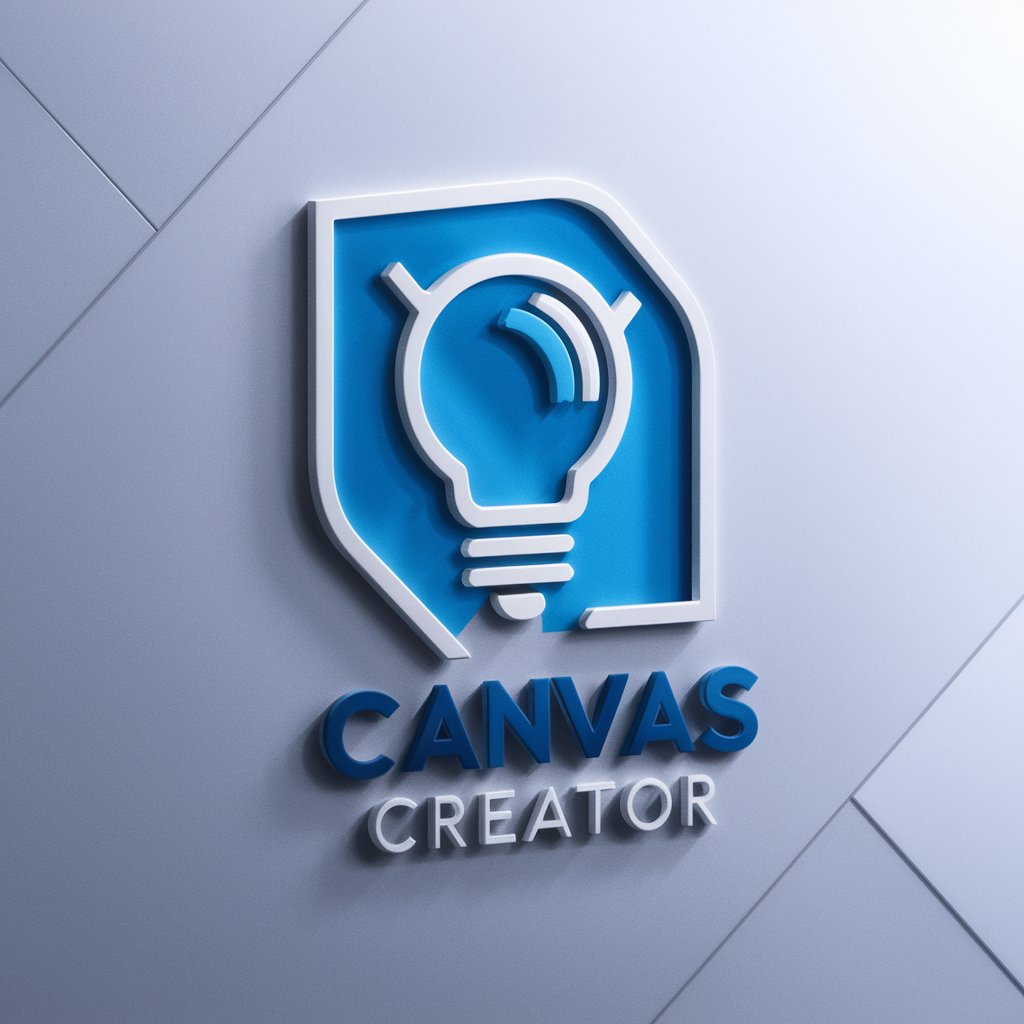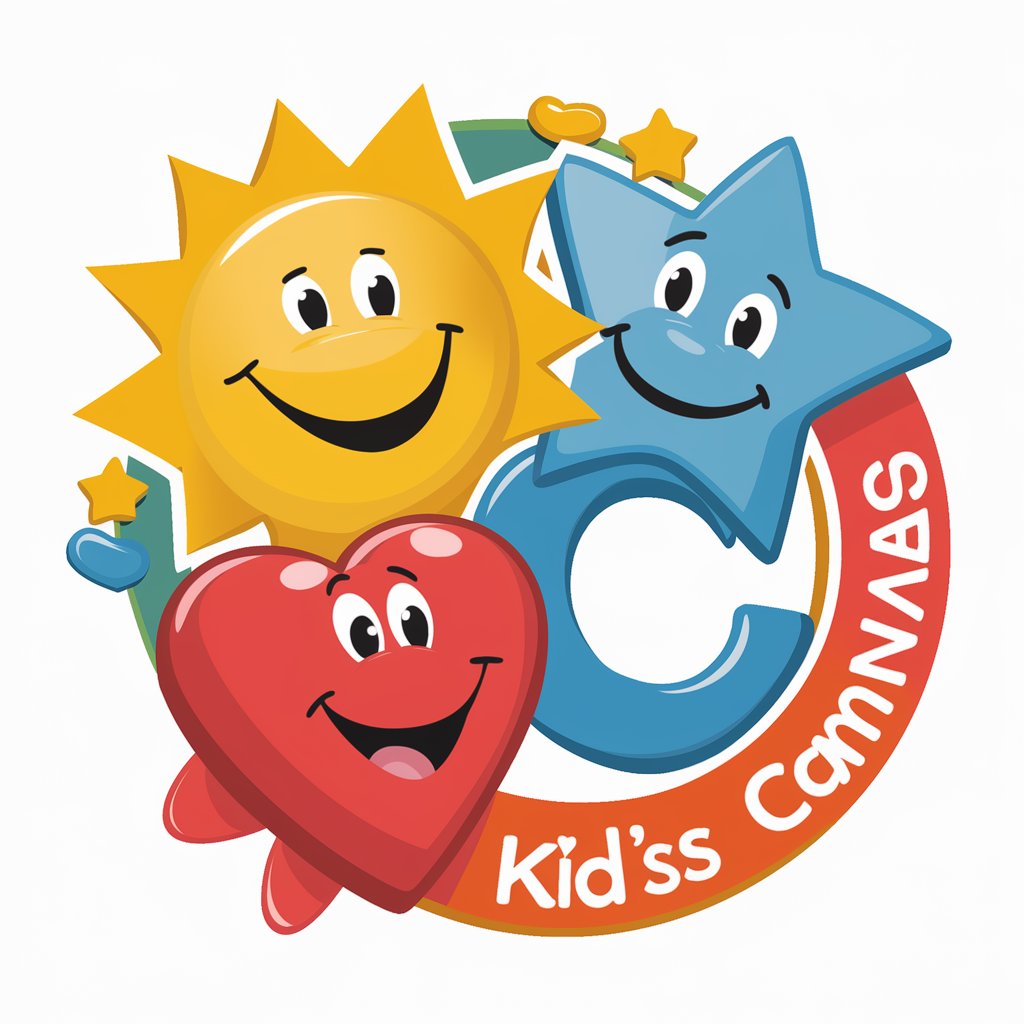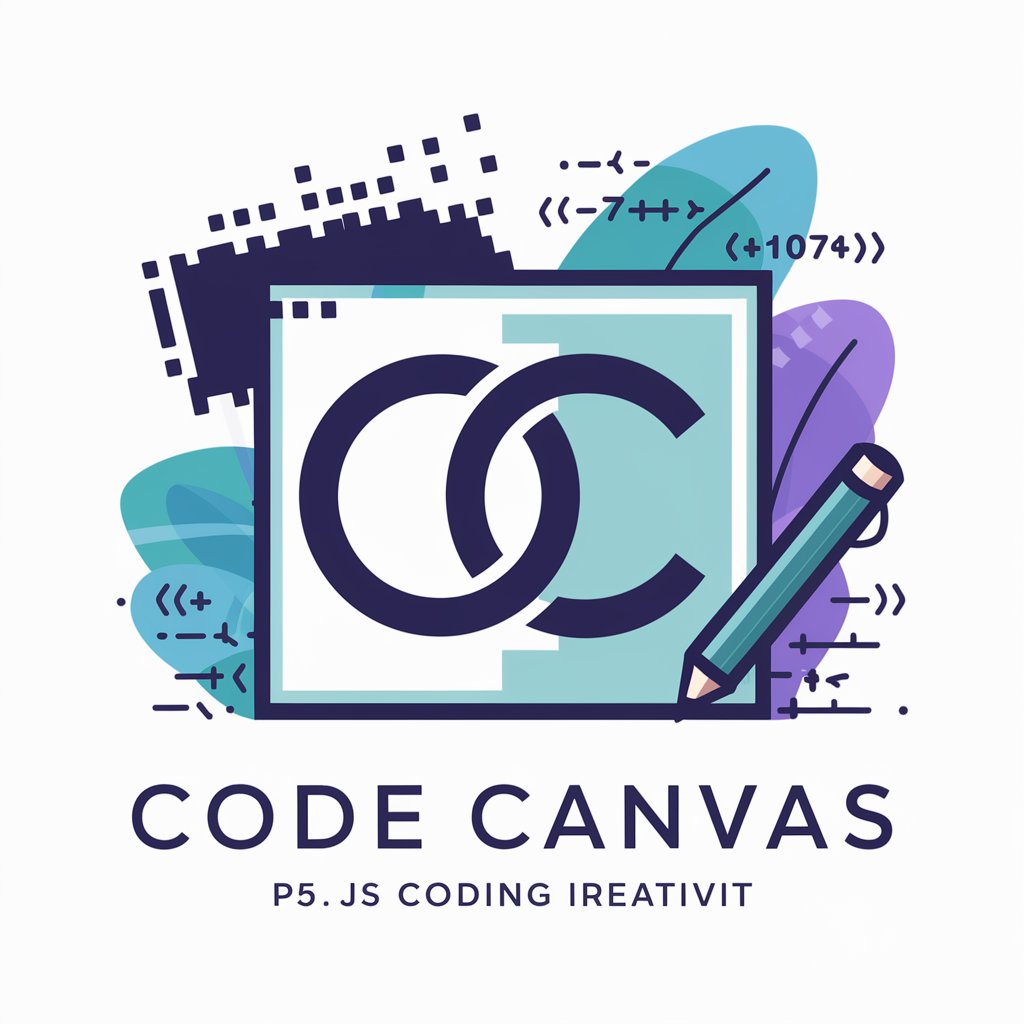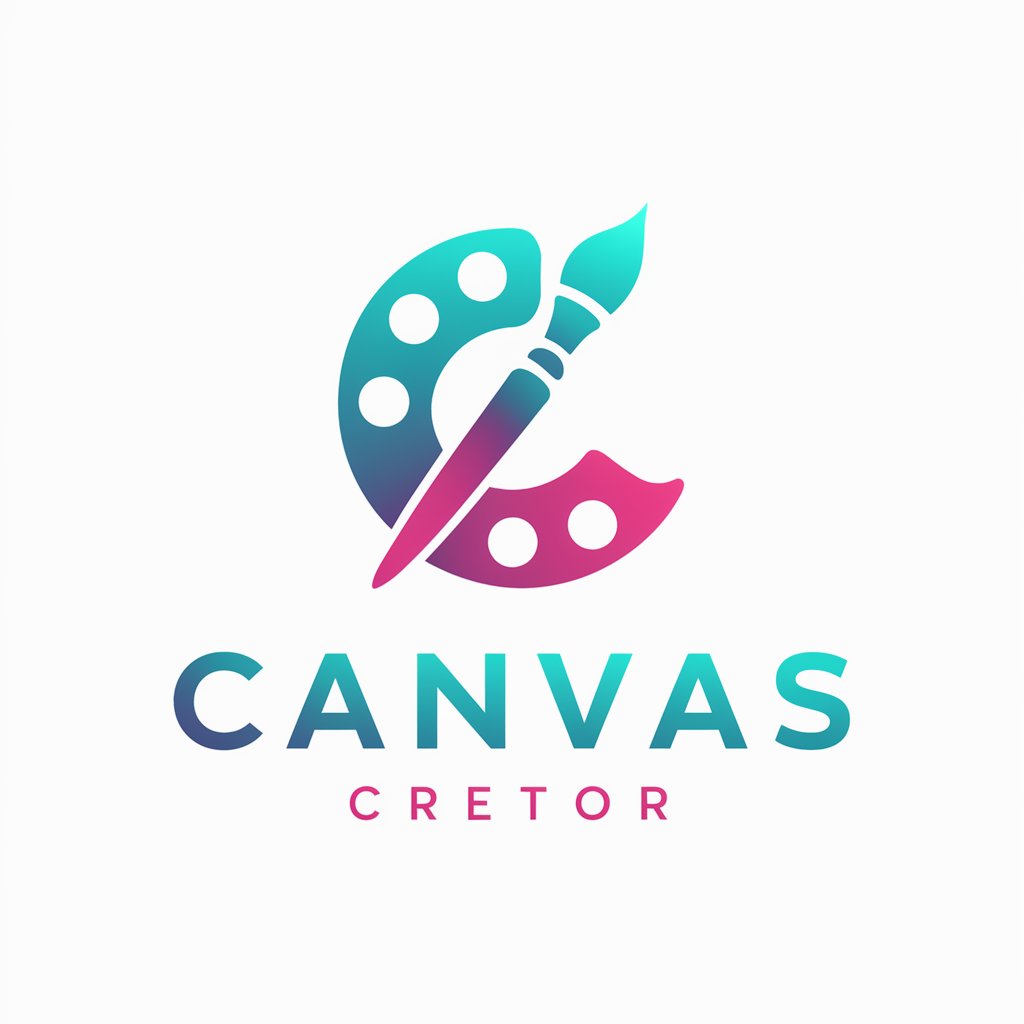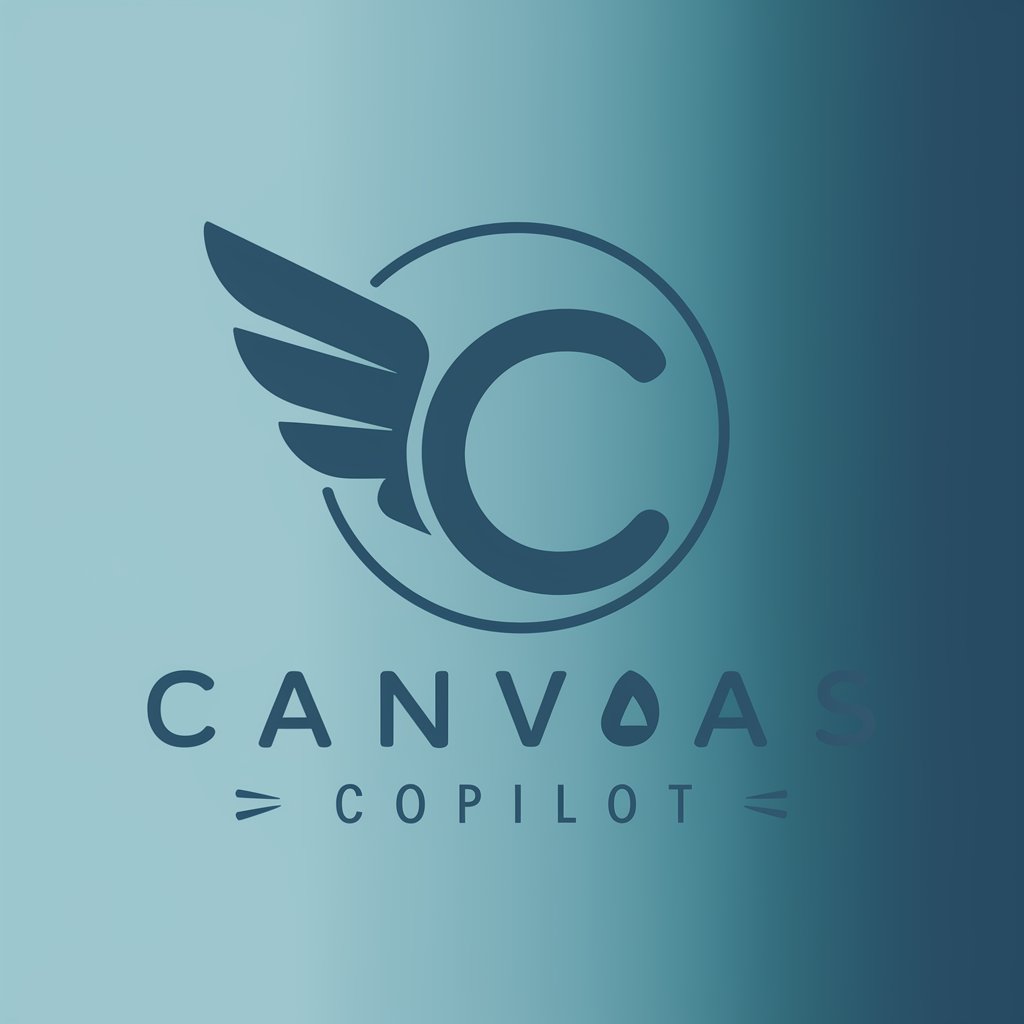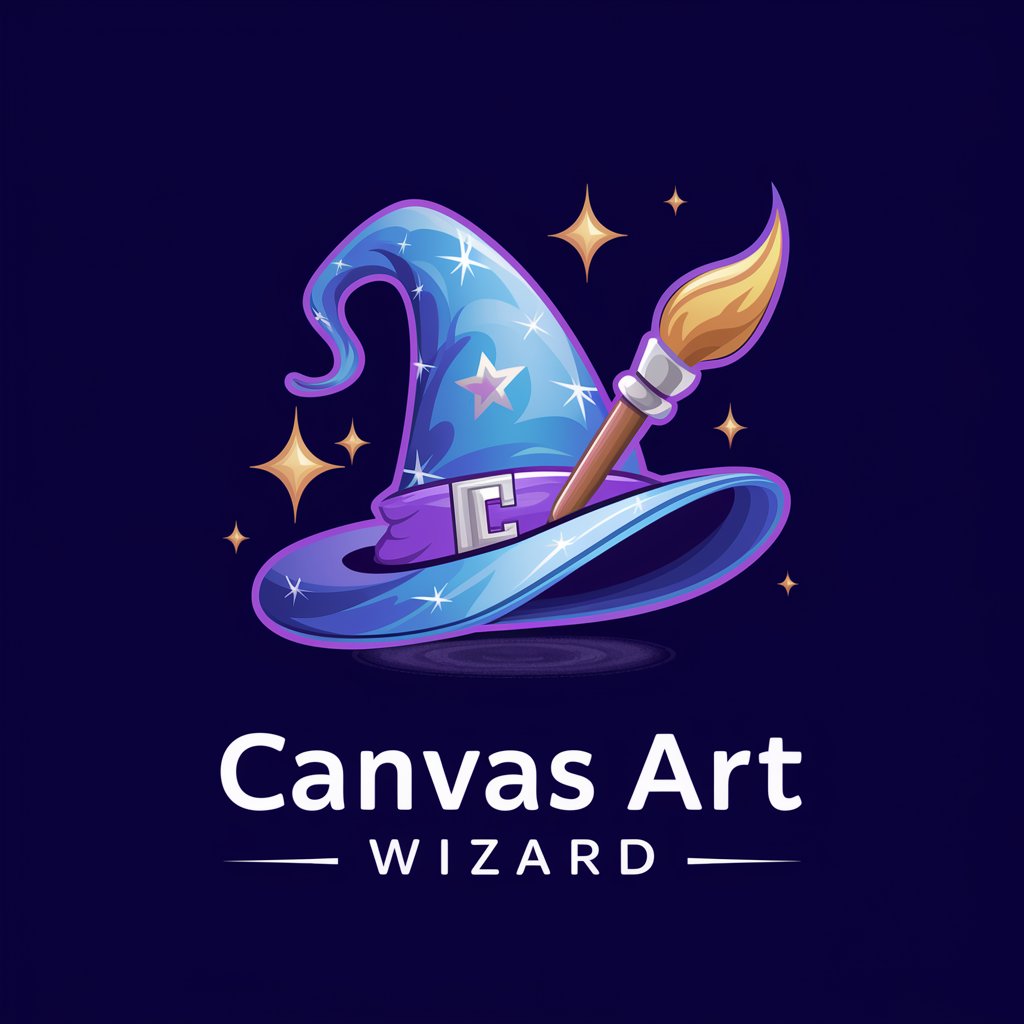
THREE Canvas - 3D Web Graphics Tool
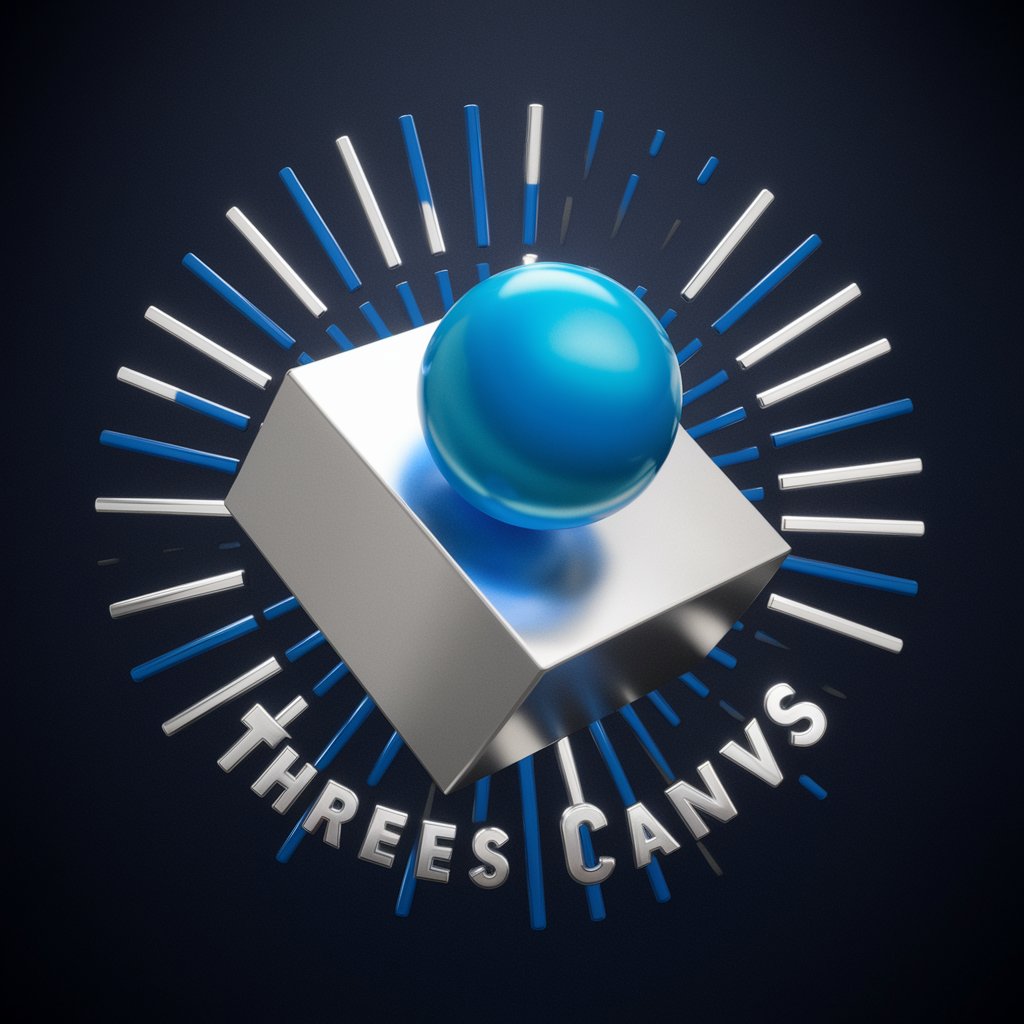
Welcome! I'm THREE Canvas, your guide to mastering THREE.JS.
Empowering creativity with AI-powered 3D graphics
How do I set up a basic scene in THREE.JS?
What are the best practices for optimizing performance in THREE.JS?
Can you explain how to use different types of lighting in a THREE.JS project?
How can I troubleshoot common issues with textures in THREE.JS?
Get Embed Code
Overview of THREE Canvas
THREE Canvas is a specialized assistant designed to support developers and creative coders working with THREE.JS, a JavaScript library for creating and displaying animated 3D graphics in a web browser using WebGL. It provides expert advice on leveraging THREE.JS to develop immersive 3D web applications, focusing on aspects such as 3D model creation, lighting, camera setups, materials, textures, and performance optimization. By offering solutions for common issues, performance tips, and creative guidance, THREE Canvas facilitates the exploration of 3D web development's full potential. For example, it can assist in creating a virtual gallery where users navigate through 3D representations of artwork, or in developing interactive 3D product visualizations. Powered by ChatGPT-4o。

Core Functions of THREE Canvas
3D Model Creation and Manipulation
Example
Guiding developers through the process of importing, creating, and manipulating 3D models within a web scene.
Scenario
A user wants to develop an educational application that allows students to interact with 3D models of historical artifacts.
Lighting and Camera Setup
Example
Advising on best practices for setting up lighting and cameras to create realistic or stylized scenes.
Scenario
A developer is creating a virtual real estate tour, needing assistance in setting up camera paths and lighting to highlight property features.
Material and Texture Application
Example
Offering insights on applying materials and textures to 3D objects for enhanced realism or artistic effects.
Scenario
A creative coder is working on an art project that requires the realistic rendering of materials like metal and glass in different lighting conditions.
Performance Optimization
Example
Providing strategies to optimize scene performance, ensuring smooth user experiences even on lower-end devices.
Scenario
A game developer needs to optimize a browser-based 3D game to run smoothly across a wide range of devices and connection speeds.
Who Can Benefit from THREE Canvas?
Web Developers and Designers
Individuals or teams looking to integrate 3D elements into websites or web applications. They benefit from guidance on implementing immersive experiences that engage users.
Educators and Students
Academic professionals and learners using 3D web technologies for educational purposes, such as interactive learning tools or virtual laboratories.
Creative Coders and Digital Artists
Artists and coders exploring the intersection of art and technology, who use THREE.JS to create interactive installations, visualizations, or digital art.
Product Managers and Marketers
Professionals aiming to use 3D visualizations for product demos, marketing, and customer engagement, leveraging web technologies to showcase their products in an interactive manner.

Getting Started with THREE Canvas
Initiate a Free Trial
Start by accessing yeschat.ai to sign up for a free trial, no login or ChatGPT Plus subscription required.
Explore the Documentation
Familiarize yourself with THREE Canvas through the comprehensive documentation available on the platform. This includes tutorials, API references, and examples.
Set Up Your Development Environment
Ensure your development environment is ready for 3D web development by installing necessary tools and libraries, including a modern web browser and a code editor.
Create Your First 3D Scene
Begin by creating a basic 3D scene. This involves initializing a renderer, camera, and a scene. Then, add geometric objects, lights, and materials to the scene.
Experiment and Learn
Make use of THREE Canvas's interactive examples to experiment with different features and functionalities. Utilize the community and resources for troubleshooting and advanced tips.
Try other advanced and practical GPTs
Three Kingdoms Sage
Explore the Three Kingdoms with AI

小红书创作助手
Elevate Your Content with AI
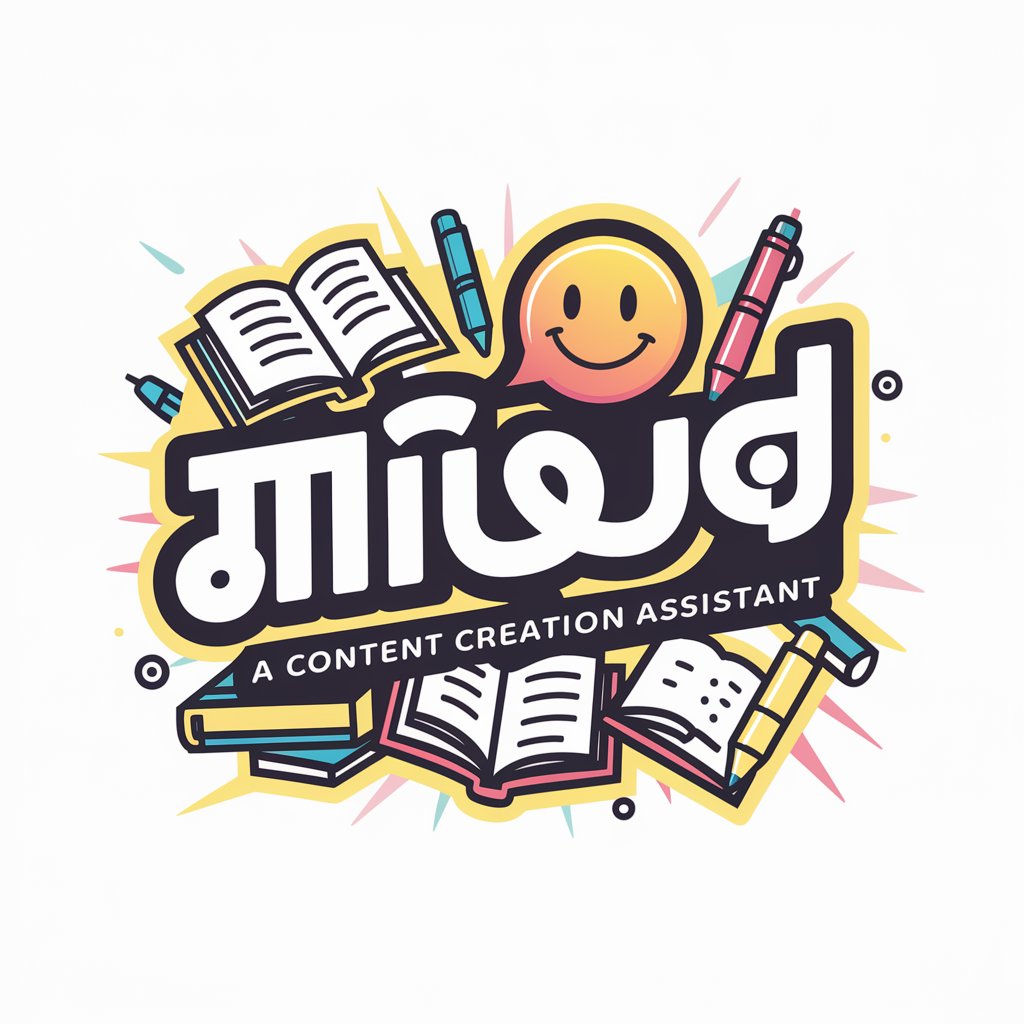
Vocabulary List Creator
Enhance language learning with AI

小说作家
Empowering Your Narrative with AI

UK Law
Empowering legal understanding with AI

Global Reporter
Empowering Content with AI

Daily Positivity
Uplift Your Day with AI-Driven Inspiration
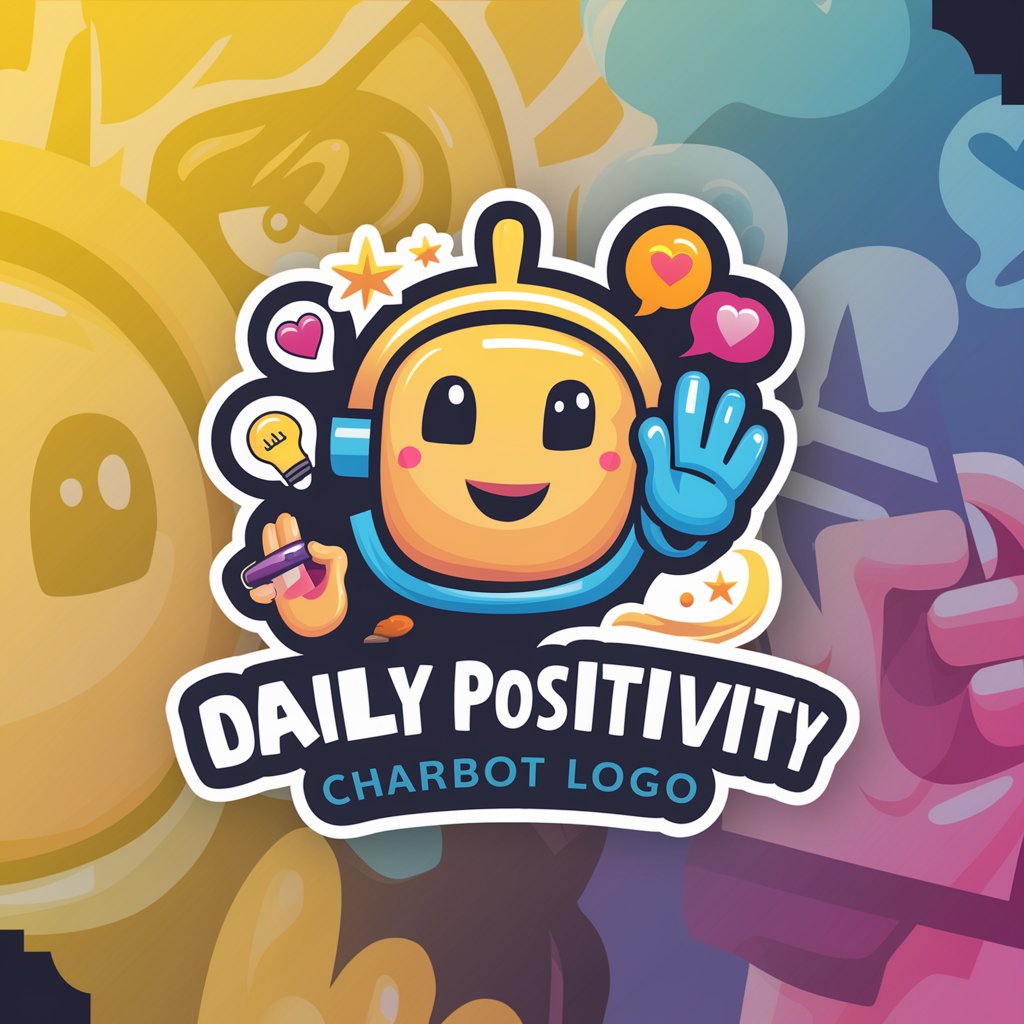
Daily Motivator
Inspire your day with AI-powered motivation

Daily Dialoguer
Enhance conversations with AI-powered dialogues
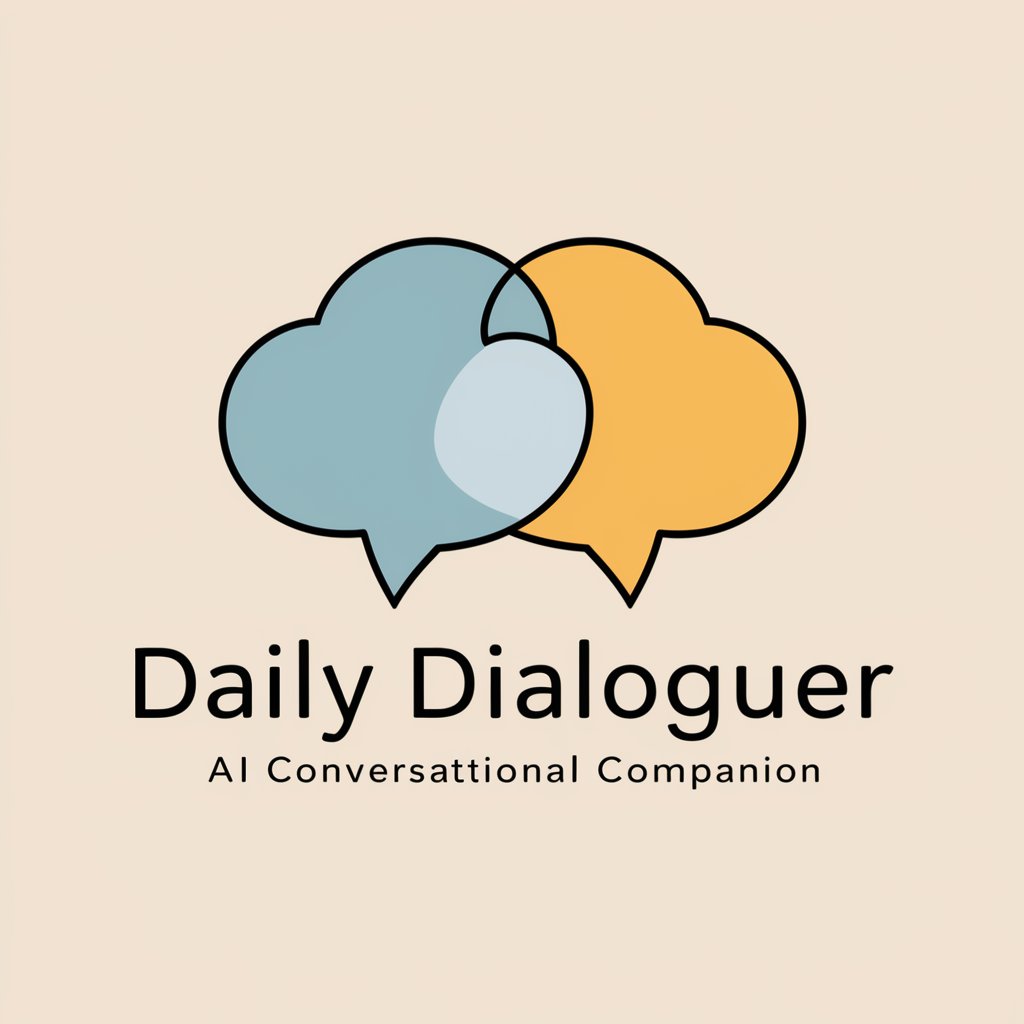
Daily Wisdom
Inspiration at Your Fingertips

Daily Wellness
Revitalize Daily with AI-Powered Wellness

Daily Motivation
Inspiring Growth with AI-Powered Motivation

Frequently Asked Questions about THREE Canvas
What prerequisites are needed to start with THREE Canvas?
To start with THREE Canvas, you'll need a basic understanding of web development (HTML, CSS, JavaScript) and familiarity with 3D graphics concepts. Additionally, setting up a modern web browser and a code editor is essential.
Can THREE Canvas be used for commercial projects?
Yes, THREE Canvas can be used for both personal and commercial projects. It's designed to support developers in creating high-quality 3D web experiences across various industries.
What types of 3D objects can I create with THREE Canvas?
With THREE Canvas, you can create a wide range of 3D objects including but not limited to basic geometric shapes, complex models imported from 3D design software, and programmatically generated meshes.
How does THREE Canvas handle animations?
THREE Canvas supports animations through keyframe sequences, skeletal animations, and morph targets. You can animate objects, cameras, and materials to create dynamic and interactive 3D scenes.
Is there a community or support network for THREE Canvas users?
Yes, there's a vibrant community of THREE Canvas users and developers. You can find support, share knowledge, and collaborate on projects through forums, social media groups, and official documentation.
